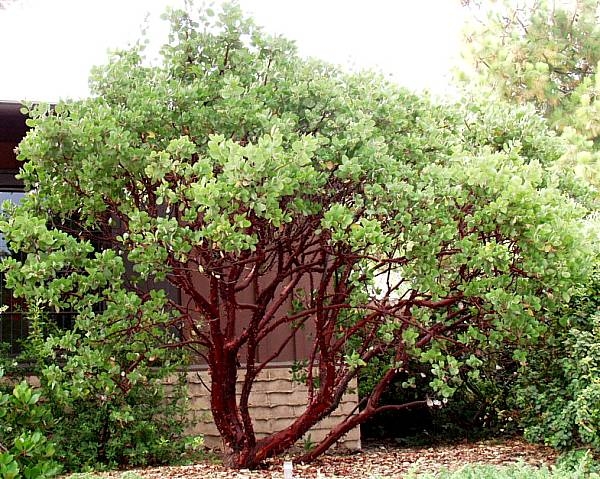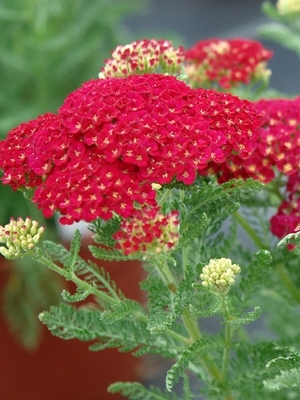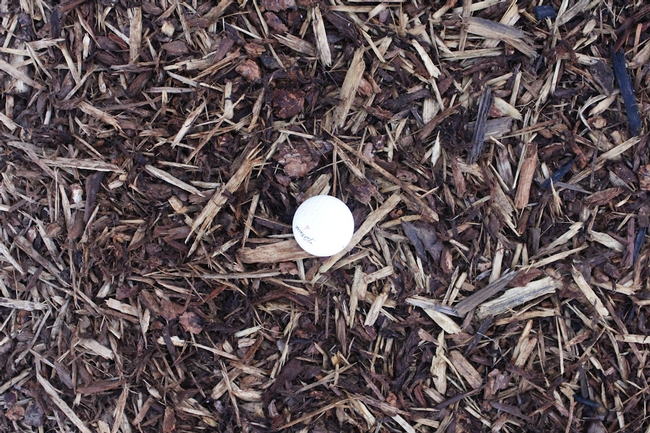Planting California Natives- The do's and don'ts
How to Plant California Natives
California natives are wonderful plants to have in the garden. They don't need a lot of maintenance once they are established. What they do need, is the appropriate installation to get them going and make them happy. Natives do not like to be fertilized. They do not like to be overwatered. They take 1-3 years to become established.
CA natives really prefer to be planted in the fall. Planting in the spring is your second-best choice. Find out what type of soil you have by doing a hand soil test. Then check your drainage. Dig a 1' square hole, fill it with water and time how long it takes to drain. If it takes 15 minutes, it is fast-draining, somewhere between 15 minutes to an hour, its medium draining, over an hour to drain, it's slow draining.
Know how much sunlight your area will receive. Many of the native plants do not like the all-day hot Vacaville sun. If the plant label reads sun – part sun. Does the zone have 6 or more hours of sun? Then that area is receiving full sun. Install your plants in the part sun. Full sun natives do best near the coast and the elevated regions.
Know your plant. Does it have low, moderate or high-water requirements? Read the plant label, or ask someone at the plant nursery.
How much wind do you get? The plant will need additional watering if you live in a high wind area.
Space accordingly. Place the pants so there is enough space for when they become mature. Don't overcrowd, they need air movement or they will get diseases and insects.
Let's get your new plants in the ground.
Water the area 2-3 days ahead of time, if the ground is dry.
Soil - they like undisturbed soil. Do not till the soil. If you have to create better drainage. Plant them on a slope or add 1/3 amount of crushed red lava rock to the native soil or buy native plants that do better in clay soil.
The plant hole should be 2-3 times wider than the width of the container. The crown of the plant should be installed 1” above the level of the existing soil. This will allow the plant to settle.
Backfill the area and gently tamp the soil to remove any air pockets. Air pockets will kill the roots.
Mulch should be 2-3” above the soil. Use leaf matter or walk-on bark. Stay away from shredded redwood bark. It acts like a sponge and doesn't let the water infiltrate through into the soil, it's also highly flammable. Do not use bark nuggets or colored bark. Keep mulch 5-6” away from the crown (stem) of the plant.
Immediately after you plant it, water it thoroughly, 4-5 gallons per plant.
Check on your newly planted babies. Test the soil 2-3” down in the ground using a trowel or your hands, to see if the soil is dry or moist. Do this 2x a week. Do NOT water if the soil is moist.
New plantings will require additional irrigation during the first 1-3 years. Water deeply and regularly. Minimum of 5 gallons per plant.
This guide is for how much to water once the plant has been established.
Low: Every 14-21 days or less Moderate: Every 10-14 days High: Every 3-7 days or more.






Posted by Steve Garson on February 24, 2020 at 11:54 PM